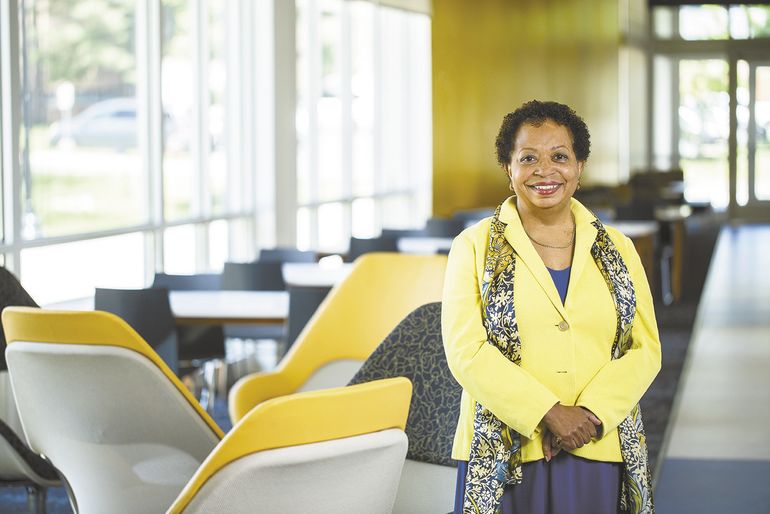Processing Your Payment
Please do not leave this page until complete. This can take a few moments.
-
News
-
Editions
-
- Lists
-
Viewpoints
-
HBJ Events
-
Event Info
- 2024 Economic Outlook Webinar Presented by: NBT Bank
- Best Places to Work in Connecticut 2024
- Top 25 Women In Business Awards 2024
- Connecticut's Family Business Awards 2024
- What's Your Story? A Small Business Giveaway 2024 Presented By: Torrington Savings Bank
- 40 Under Forty Awards 2024
- C-Suite and Lifetime Achievement Awards 2024
- Connecticut's Health Care Heroes Awards 2024
-
-
Business Calendar
-
Custom Content
- News
-
Editions
View Digital Editions
Biweekly Issues
- April 29, 2024
- April 15, 2024
- April 1, 2024
- March 18, 2024
- March 4, 2024
- February 19, 2024
- February 5, 2024
- January 22, 2024
- January 8, 2024
- + More
Special Editions
- Lists
- Viewpoints
-
HBJ Events
Event Info
- View all Events
- 2024 Economic Outlook Webinar Presented by: NBT Bank
- Best Places to Work in Connecticut 2024
- Top 25 Women In Business Awards 2024
- Connecticut's Family Business Awards 2024
- What's Your Story? A Small Business Giveaway 2024 Presented By: Torrington Savings Bank
- 40 Under Forty Awards 2024
- C-Suite and Lifetime Achievement Awards 2024
- Connecticut's Health Care Heroes Awards 2024
Award Honorees
- Business Calendar
- Custom Content
CT colleges given reopening guidelines; presidents hope fall will bring in-person classes
 Trinity College President Joanne Berger-Sweeney.
Trinity College President Joanne Berger-Sweeney.
Gov. Ned Lamont and higher education officials on Wednesday outlined reopening guidelines for colleges and universities in Connecticut, which could allow residential students to move onto campuses after Sept. 1.
The guidelines, which were written by former Yale University President Rick Levin and former Yale strategic initiatives vice president Linda Lorimer, allow for a four-part phasing in of in-person classes and other practices currently suspended amid the COVID-19 pandemic.
"Schools need to be flexible," Levin said, noting that plans to reopen campuses might be scrapped if the virus resurges in strength, or if there's an outbreak on a specific campus. "They need to be ready to open, but they also need to be ready to move online if absolutely necessary."
The plan puts much of the onus on individual institutions in deciding which specific social distancing and other prevention measures they will take, but it gives a basic timeline for reopening and what health conditions must be in order to proceed with reopening, Lorimer said.
The proposed phases include:
- Phase 1A: Research programs may return beginning May 20.
- Phase 1B: Non-residential workforce development programs and laboratory courses required for graduation may return beginning in early June.
- Phase 2: Other non-residential programs, graduate programs and small-scale residential undergraduate pilot programs can start in late July to early August.
- Phase 3: Undergraduate residential programs may open Sept. 1.
Before opening campuses, schools must submit a plan to the state that includes how they will repopulate campus, monitor infections, contain the virus' spread and shut down if the campus is overrun with COVID-19 cases. Reopening is also predicated on the state providing enough testing supplies to campuses and the prevalence of the virus dropping to a level the state has not yet defined.
The plan calls for 200,000 to 300,000 COVID-19 tests to be available to all residential colleges and boarding schools by the beginning of September. The tests have been notoriously difficult to acquire, but the number of tests outlined in the plan will be factored into the state's overall testing plan.
University of Connecticut President Thomas Katsouleas during a press conference Wednesday suggested college and university campuses should be near the front of the line for testing because their high density makes them vulnerable to an outbreak.
"Higher education is a critical sector of the economy for various reasons, but it poses unique challenges to public health," Katsouleas said. "It seems to me that prioritizing higher education campuses for testing is an imperative for the state, for the economy and for the good of public health overall."
Trinity College Joanne Berger-Sweeney voiced support for the plan, and repeatedly stressed the importance of resuming on-campus classes.
"The residential institutions and liberal arts institutions like Trinity College are going to try to have face-to-face instruction when possible, because we think that's the best way to teach," Berger-Sweeney said. "That's why I love this plan, because it understands that different kinds of institutions might come to different solutions."
The need to open campuses goes beyond whether in-person courses are more enriching than online content. Colleges and universities are losing millions of dollars from fees they can't currently charge residential students whose coursework has moved online.
We need to be extremely cautious and not allow panic to drive these decisions. June is too soon.

2022 Giving Guide
This special edition informs and connects businesses with nonprofit organizations that are aligned with what they care about. Each nonprofit profile provides a crisp snapshot of the organization’s mission, goals, area of service, giving and volunteer opportunities and board leadership.
Learn more
Subscribe
Hartford Business Journal provides the top coverage of news, trends, data, politics and personalities of the area’s business community. Get the news and information you need from the award-winning writers at HBJ. Don’t miss out - subscribe today.
Subscribe
2024 Book of Lists
Delivering Vital Marketplace Content and Context to Senior Decision Makers Throughout Greater Hartford and the State ... All Year Long!
Read Here-
2022 Giving Guide
This special edition informs and connects businesses with nonprofit organizations that are aligned with what they care about. Each nonprofit profile provides a crisp snapshot of the organization’s mission, goals, area of service, giving and volunteer opportunities and board leadership.
-
Subscribe
Hartford Business Journal provides the top coverage of news, trends, data, politics and personalities of the area’s business community. Get the news and information you need from the award-winning writers at HBJ. Don’t miss out - subscribe today.
-
2024 Book of Lists
Delivering Vital Marketplace Content and Context to Senior Decision Makers Throughout Greater Hartford and the State ... All Year Long!
ABOUT
ADVERTISE
NEW ENGLAND BUSINESS MEDIA SITES
No articles left
Get access now
In order to use this feature, we need some information from you. You can also login or register for a free account.
By clicking submit you are agreeing to our cookie usage and Privacy Policy
Already have an account? Login
Already have an account? Login
Want to create an account? Register
Get access now
In order to use this feature, we need some information from you. You can also login or register for a free account.
By clicking submit you are agreeing to our cookie usage and Privacy Policy
Already have an account? Login
Already have an account? Login
Want to create an account? Register






1 Comments